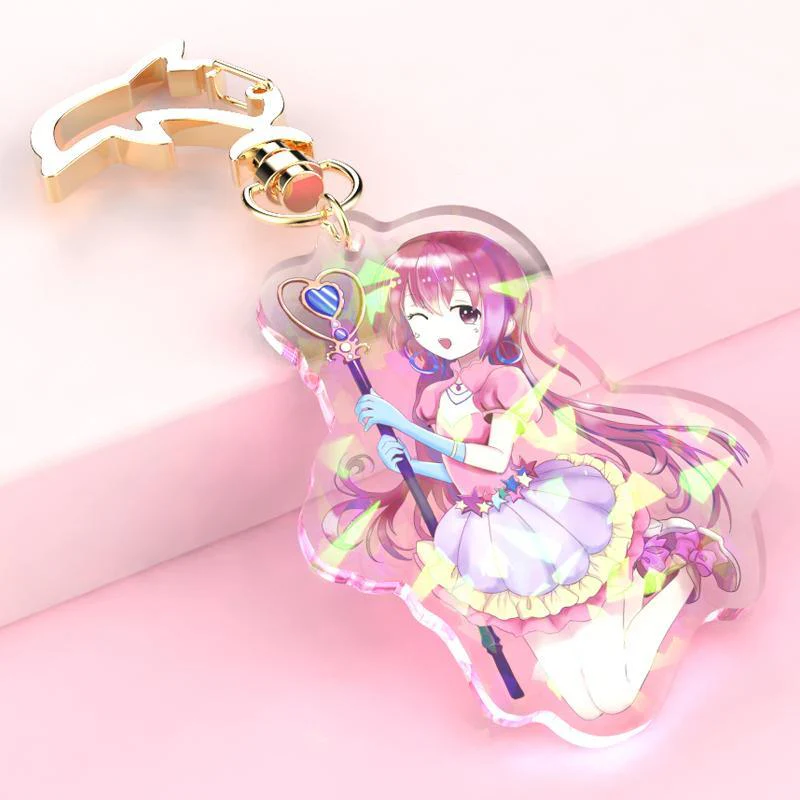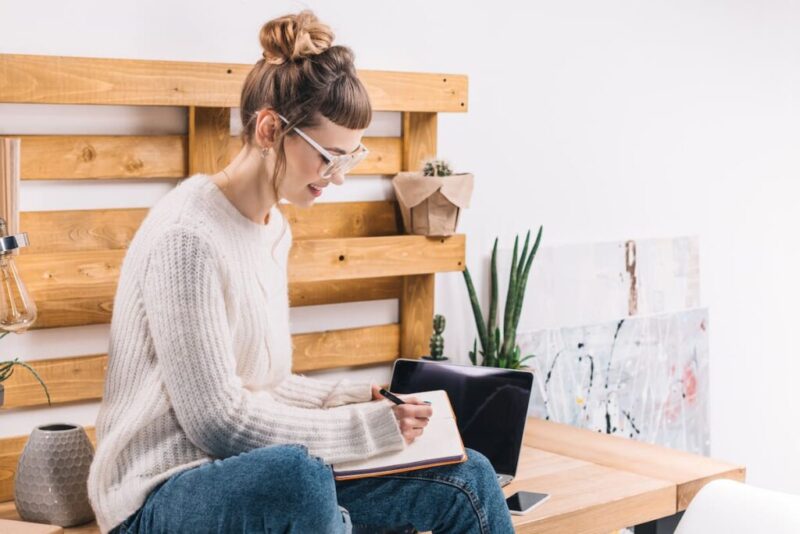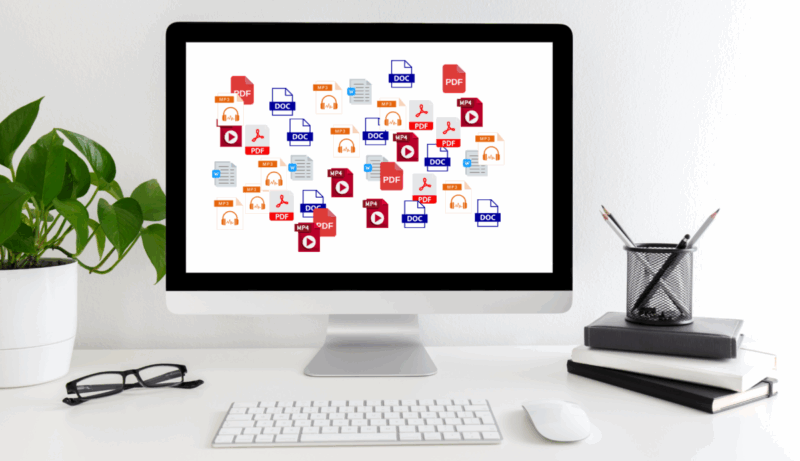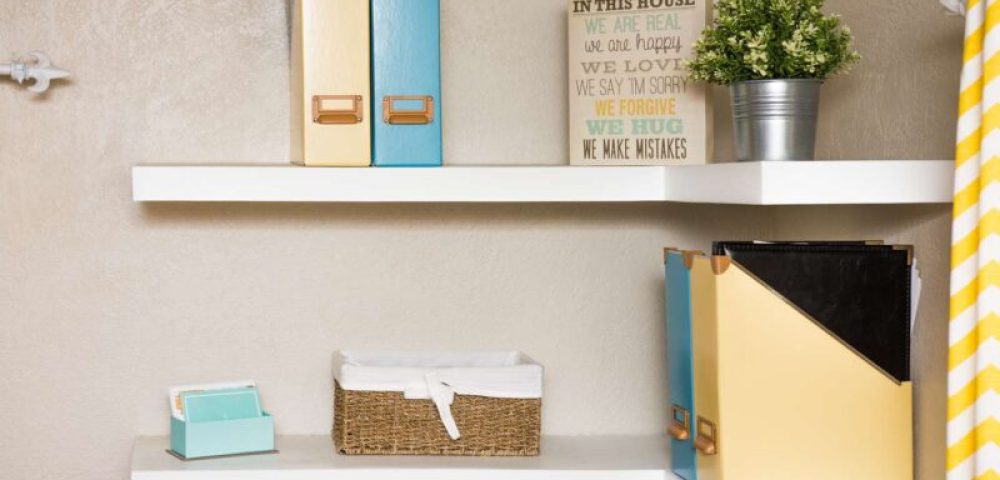Being organized and being stylish aren’t separate worlds, they reinforce each other. Think about a well-arranged desk or a neatly packed tote: both are organized, but they also show your personality.
Style in this sense isn’t about chasing trends but about weaving your preferences into daily order. Repeated color schemes, simple surfaces, and thoughtfully chosen accessories reduce clutter while reflecting who you are. A clear countertop with a single ceramic tray is both functional and elegant.
This balance not only lowers stress but also builds identity. When you see a pattern in how your environment looks, you naturally carry that order into how you dress and move through the day.
1. Personality in everyday essentials
Practical tools don’t have to feel bland. Keys, wallets, or pouches can carry a subtle personal touch that doubles as organization. For instance, customized keychains are a small way to keep things distinct while adding flair. These accessories prevent mix-ups and add recognition, especially when rushing out the door.

- Keys on a personalized chain: easier to spot and more enjoyable to carry.
- A pouch for chargers: keeps cables in place and protects devices.
- Slim wallets: reduce bulk yet allow you to select textures or colors you love.
When essentials align with your taste, you’re more likely to use and maintain them. Order then becomes less about routine and more about identity.
2. Home accents that work
Big storage systems get attention, but tiny home details are equally powerful. A few well-placed accents help you stay consistent without constant effort. Trays, bowls, and dividers prevent clutter from spreading, and hooks or racks keep items off surfaces.
These small anchors are easy to swap out when you want a refresh, ceramic for wood, brass for matte black, letting you update style without buying bulky furniture.
The beauty lies in their flexibility. A hallway tray collects keys, a dish on your nightstand holds jewelry, and a row of hooks prevents piles of jackets on chairs. These small interventions reduce mental load. Instead of searching for things, you enjoy seamless routines that save time and stress.
3. The visual effect of color and texture
Details don’t only come in objects, they appear in how storage looks. Matching labels, consistent textures, or repeated palettes create harmony. Visual order can be as calming as a decluttered shelf.
|
Detail |
Impact |
Example |
| Coordinated baskets | Adds warmth | Woven bins for living rooms |
| Matching jars/labels | Simplifies storage | Pantry glass jars with uniform tags |
| Neutral palette | Calms the eye | Beige or soft gray closet boxes |
When your storage blends with decor, it feels less like “putting things away” and more like building a lifestyle. The eye reads order faster than the brain, making consistency a powerful tool.
4. Style in daily routines

Accessories also matter in routines. The items you touch every day shape how smooth transitions feel. A fabric pouch for cables makes travel easier, a small bedside dish saves your rings, and a linen-covered notebook on your desk supports focus.
These objects don’t just help with order, they encourage repetition. You’re more likely to charge your devices neatly or jot ideas quickly when the tools invite you to use them.
Think of these routines as micro-habits. They aren’t grand gestures but repeating anchors. Each time you return to them, you reinforce not only efficiency but also a sense of comfort.
That blend of order and pleasure is what keeps the system alive.
5. Staying organized on the move
Life doesn’t happen only at home. Commuting, errands, and travel need details that balance utility with style.
- Cardholders reduce bulk while still letting you choose leather, canvas, or bright colors.
- Totes with inner pockets separate work items from personal ones, saving rummaging time.
- Reusable bottles keep hydration consistent and avoid throwaway clutter.
These choices show that organization is mobile. A water bottle can be sleek, a tote can be bold, and even a compact umbrella can reflect your taste. What you carry tells as much about you as what sits on your shelf, so these details deserve the same thought.
6. Digital order with physical support

Digital clutter, messy desktops, endless tabs, or scattered files, creates as much stress as a chaotic drawer. The best approach is blending digital clarity with physical support.
A simple cable pouch, a phone dock, or a notebook beside your computer ties together both worlds. Naming files consistently, streamlining apps, and using synchronized calendars build mental space.
The goal isn’t perfection but lightness: fewer distractions, faster focus. When your physical tools complement your digital systems, you create seamless continuity. It’s not about cutting technology but about balancing it with tangible order you can see and touch.
It’s easy to dismiss details as “just cosmetic.” Yet, in practice, these details are the glue holding systems together. A single dish for keys prevents morning chaos. A chosen notebook cover makes you want to open it. Small doesn’t mean minor, it means repeatable, sustainable, foundational. The smaller the detail, the easier it is to keep alive. Over time, these details weave into a lifestyle that feels both organized and stylish without effort.
A simple checklist to try
To make these ideas practical, here’s a short checklist you can adapt:
- Customize one essential, like a pouch or keychain.
- Add a stylish accent at home: a tray or bowl.
- Refresh one storage space with consistent textures.
- Simplify a routine with an accessory you like to use.
- Balance digital order with one physical support tool.
Each step is manageable alone. Together, they create a lifestyle that feels calmer, clearer, and uniquely yours.
Closing thoughts
Staying organized doesn’t mean striving for perfection. It means making small, thoughtful choices that support you daily. When your details align with your style, order becomes second nature instead of a burden.
Whether it’s a tray at the door, a tote with compartments, or labels in your pantry, the result is the same: smoother routines and spaces that feel personal.
These choices build not only structure but comfort, and that’s why details matter.
Related Posts:















